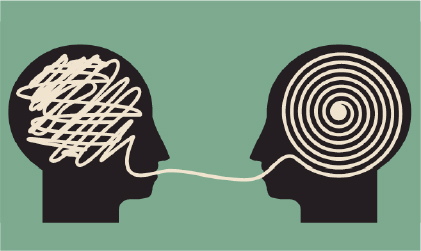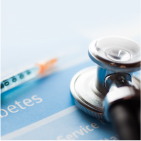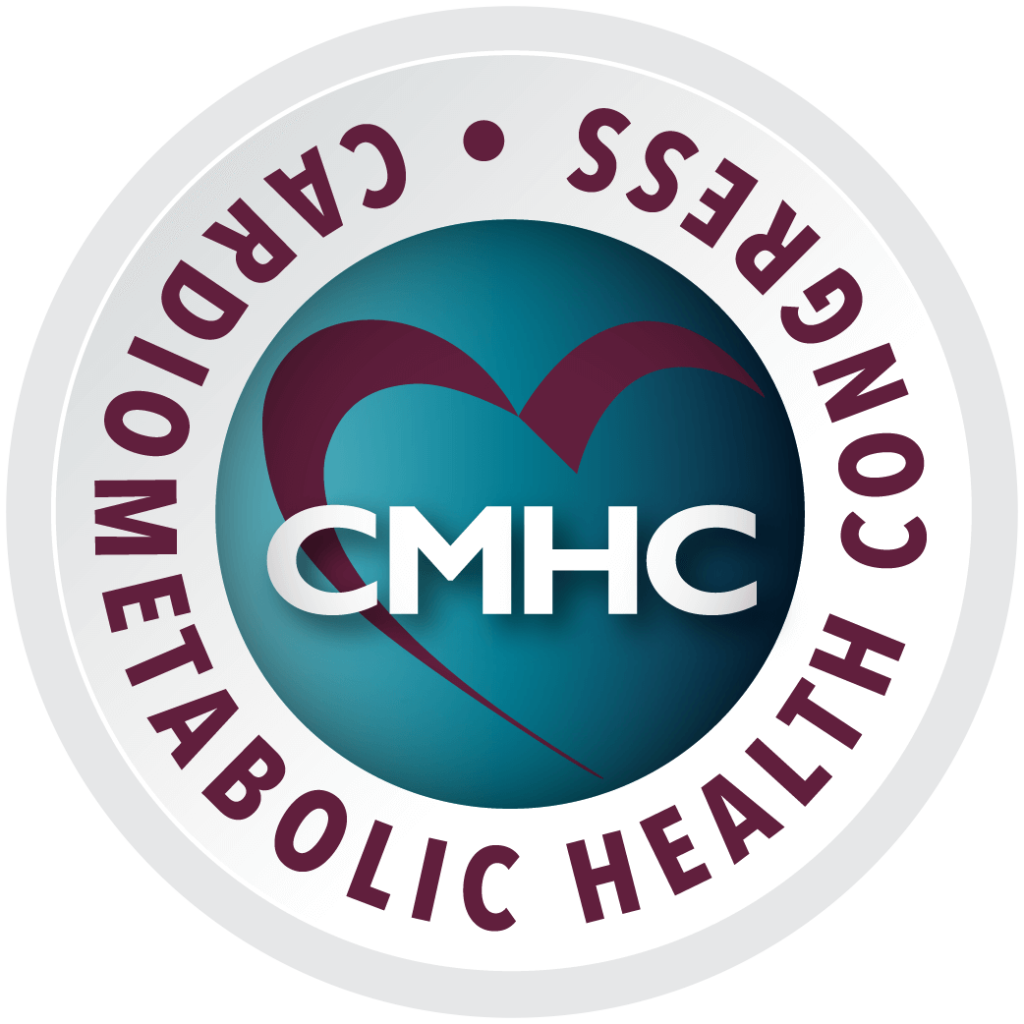Not only this, technology has the potential to bridge the socioeconomic patient care gap by optimizing and improving healthcare in rural areas. However, there are significant challenges with the affordability of technology, particularly in rural areas, due to the slow absorption of technology reimbursement in the healthcare payer systems among others. “One of initiatives that we are developing to address this aspect, is to create a health equity plan for technology that aims to improve access to various healthcare thechnologies across socioeconomic status to give everyone the same opportunity to improve health and prevent deadly diseases” – said Mr. Wayte. “Lastly, we are also pioneering an effort that will encourage our own clinical professional members to volunteer their time through telehealth systems for consults to federally-qualified health centers and community clininics, which will reach rural and medically underserved communities” – Mr. Wayte mentioned.
Healthcare technology is emerging as a major player to bridge real clinical gaps and improve patient care. As we continue to evaluate its role in the prevention, diagnosis, and treatment of cardiometabolic disease, it is important to educate clinicians about best practices and current evidence base. CMHC, in collaboration with MedTech Impact, organized the Cardiometabolic Technology Summit: Digital Advancements and Practical Solutions, which took place during the 14th Annual CMHC meeting in Chicago, IL and further explored these issues and much more. During the summit, Mr. Wayte overviewed some of these efforts in his presentation titled “New Generation Engagement: The New Frontier.


















